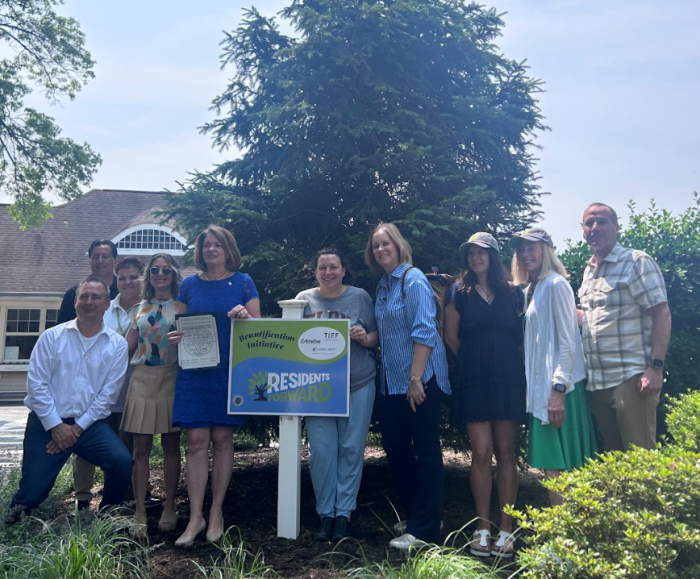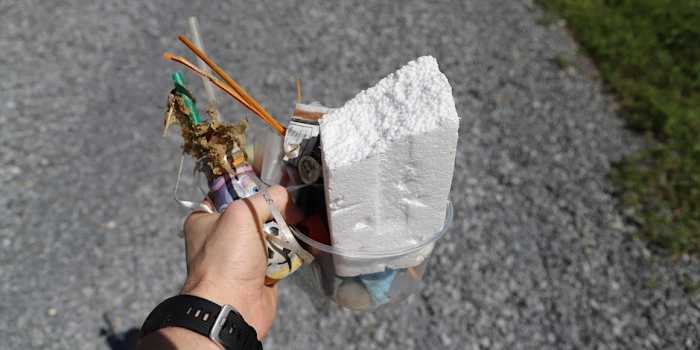The New York State Energy and Research Development Authority (NYSERDA), in consultation with the Public Service Commission (PSC), completed a benefit-cost study (including job creation and economic development impacts) of installing 2,500 MW of PV by 2020, and/or 5,000 MW by 2025.
“The NYSERDA study confirms that SolarRECs will cost the people of New York jobs and will increase rates,” said Heather Briccetti, President and CEO of The Business Council of New York State, Inc. “At a time when New Yorkers are paying some of the highest energy costs in the nation, the State does not need to adopt a mandate that could increase the cost to consumers by as much as $9 billion.”
The study strongly supports the position that a New Jersey-style SolarRec (SREC) program will adversely impact the State’s employment and Gross State Product (GSP). The study concluded that:
- Economy-wide jobs would be reduced by 750 through 2049 because of a loss of discretionary income that would have supported employment in other sectors in the economy;
- The Gross State Product (GSP) would be reduced by $3 billion through 2049, representing an annual decrease in GSP of less than 0.1 percent;
- The Low Cost scenario would lead to a creation of 700 jobs economy-wide through 2049, while the High Cost scenario would lead to a loss of 2,500 jobs;
- The consumer impact under a High Cost scenario would be approximately $9 billion; and
- The maximum annual net impact could be as high as 5 percent.
New York State has already adopted an aggressive goal of obtaining 30 percent of its electricity from renewable sources by 2015. New York ratepayers have committed to pay $2.998 billion to obtain this goal through the establishment of the Renewable Portfolio Standard (RPS).
The majority of the RPS dollars are administered by NYSERDA using competitive solicitations. All forms of renewable generation – wind, solar, hydroelectric, biomass, tidal/ocean and fuel cell generation – compete fairly for the same funds. Solar has not won under the main tier portion of the RPS because it cost more than other renewables.
“Now is the time for the solar industry advocates and those representing large electric customers to come together and support economically sustainable, transparent and predictable market options to encourage greater deployment of solar technology in New York,” added Briccetti.


































